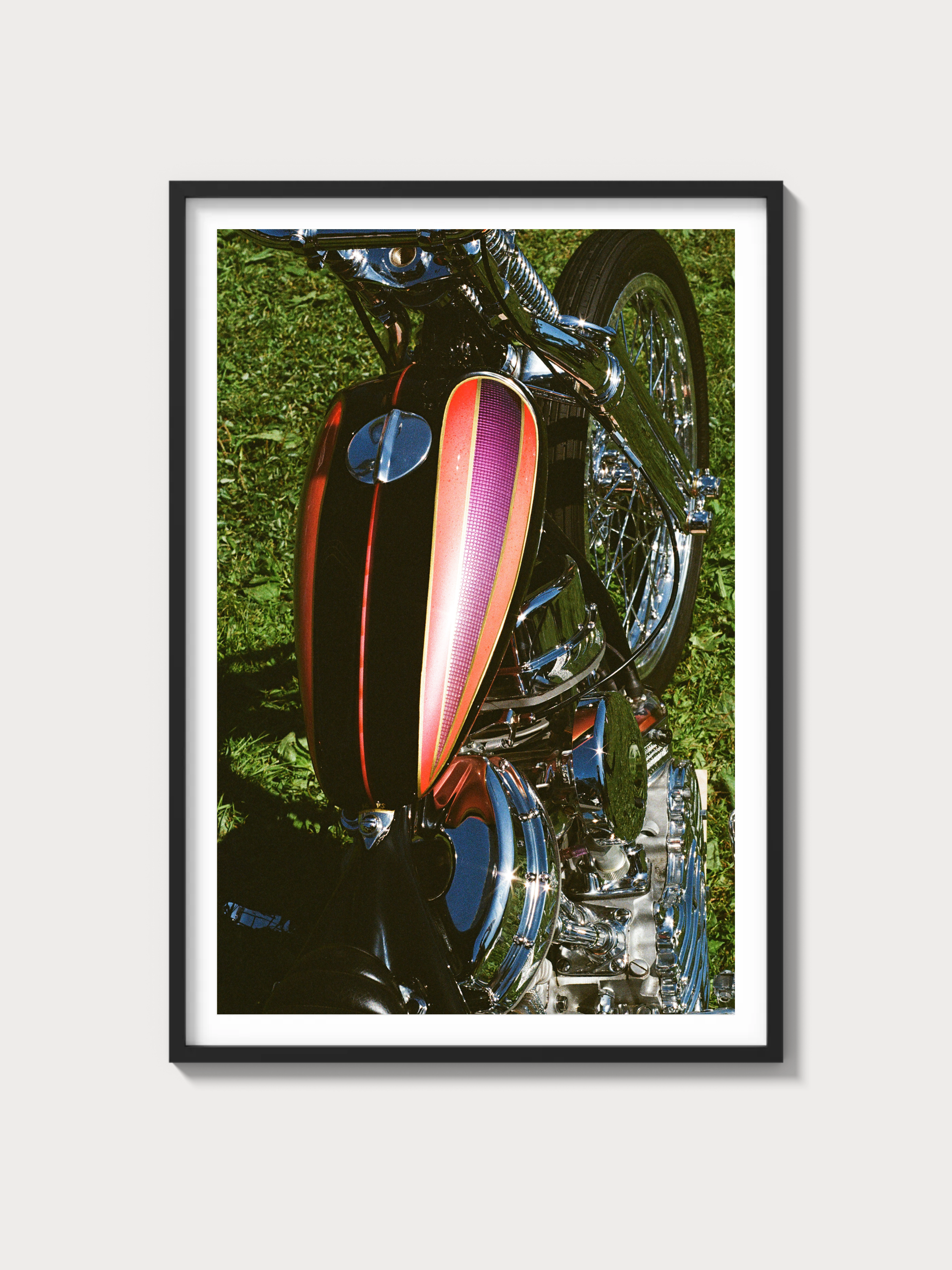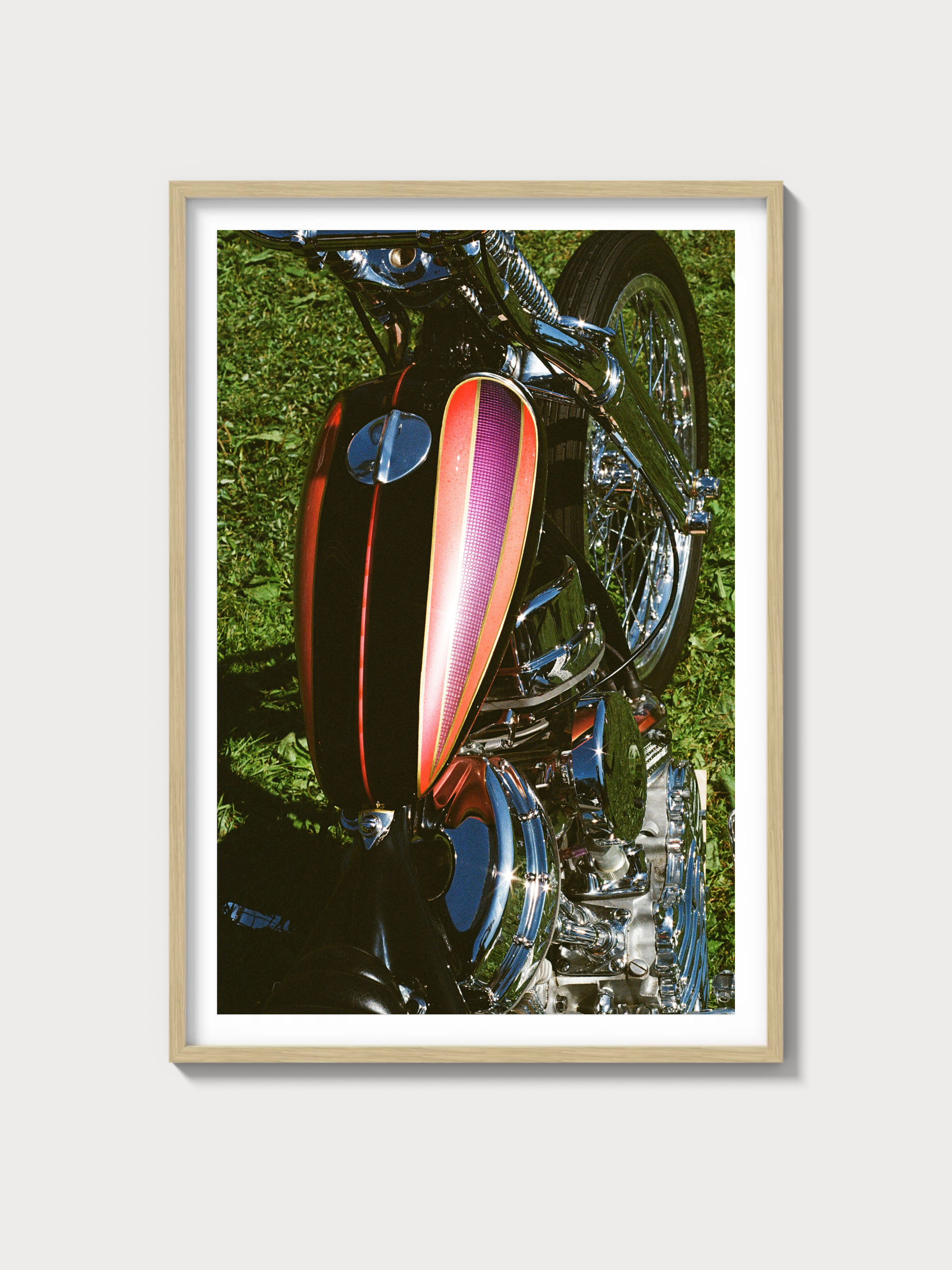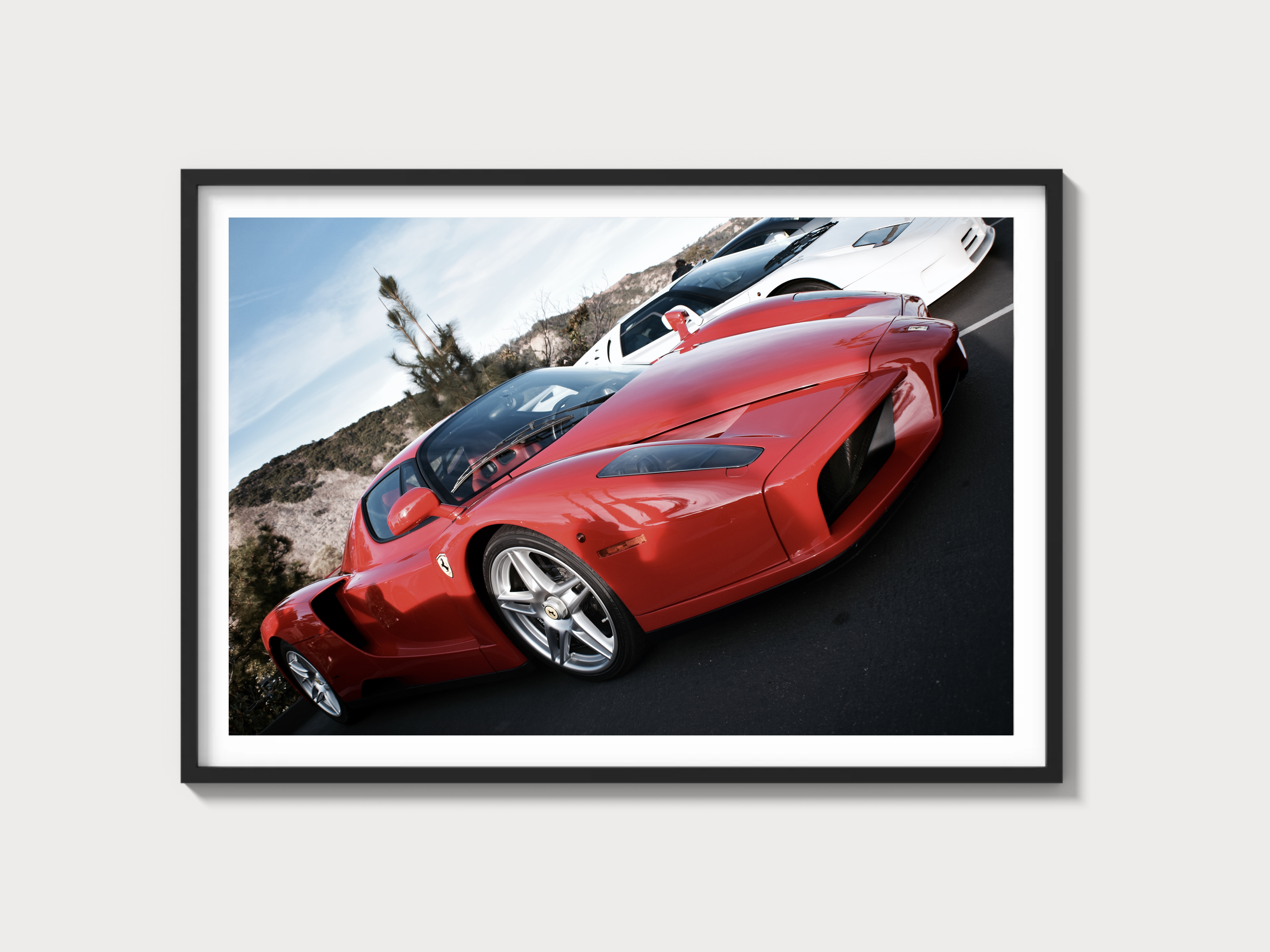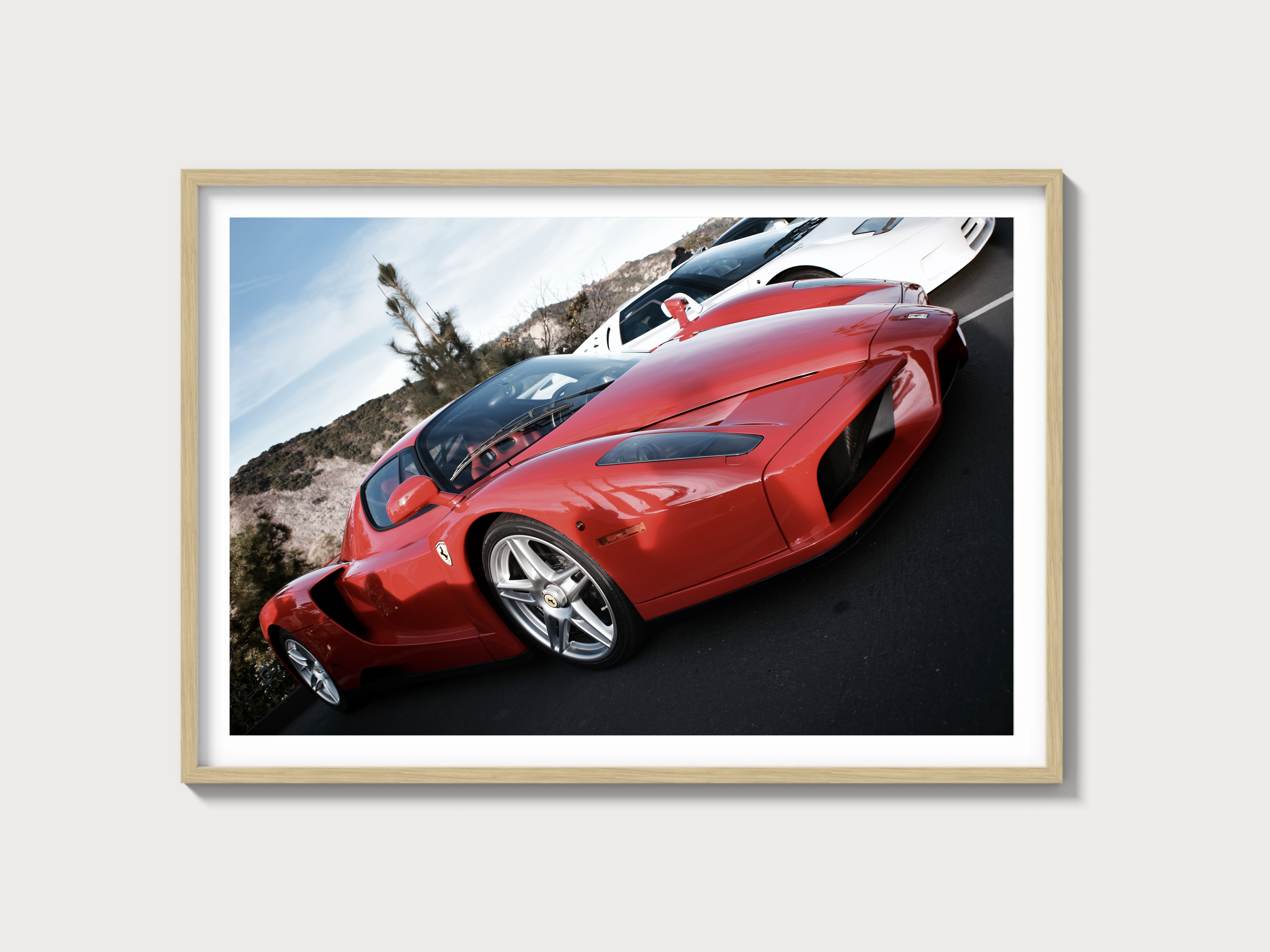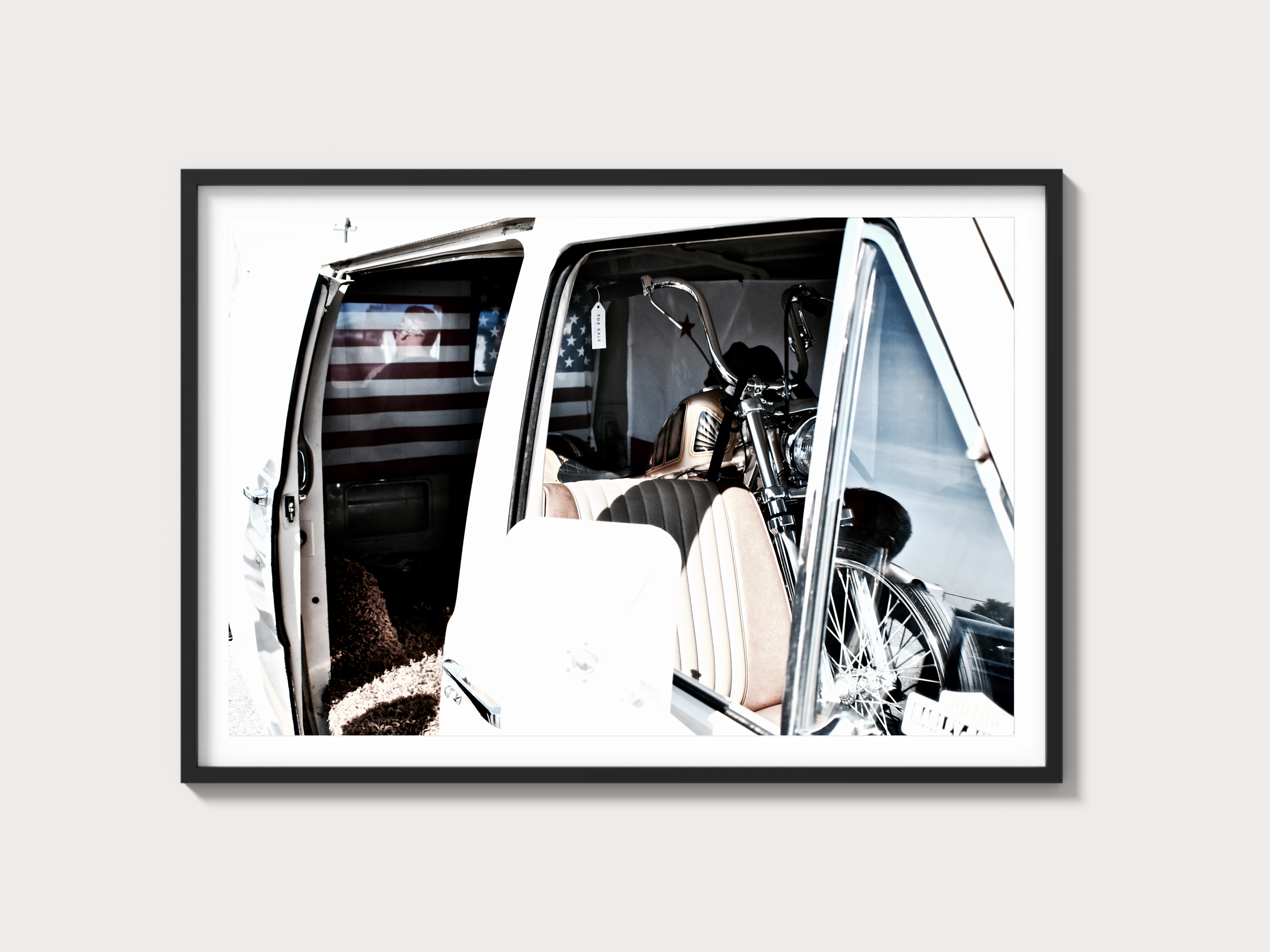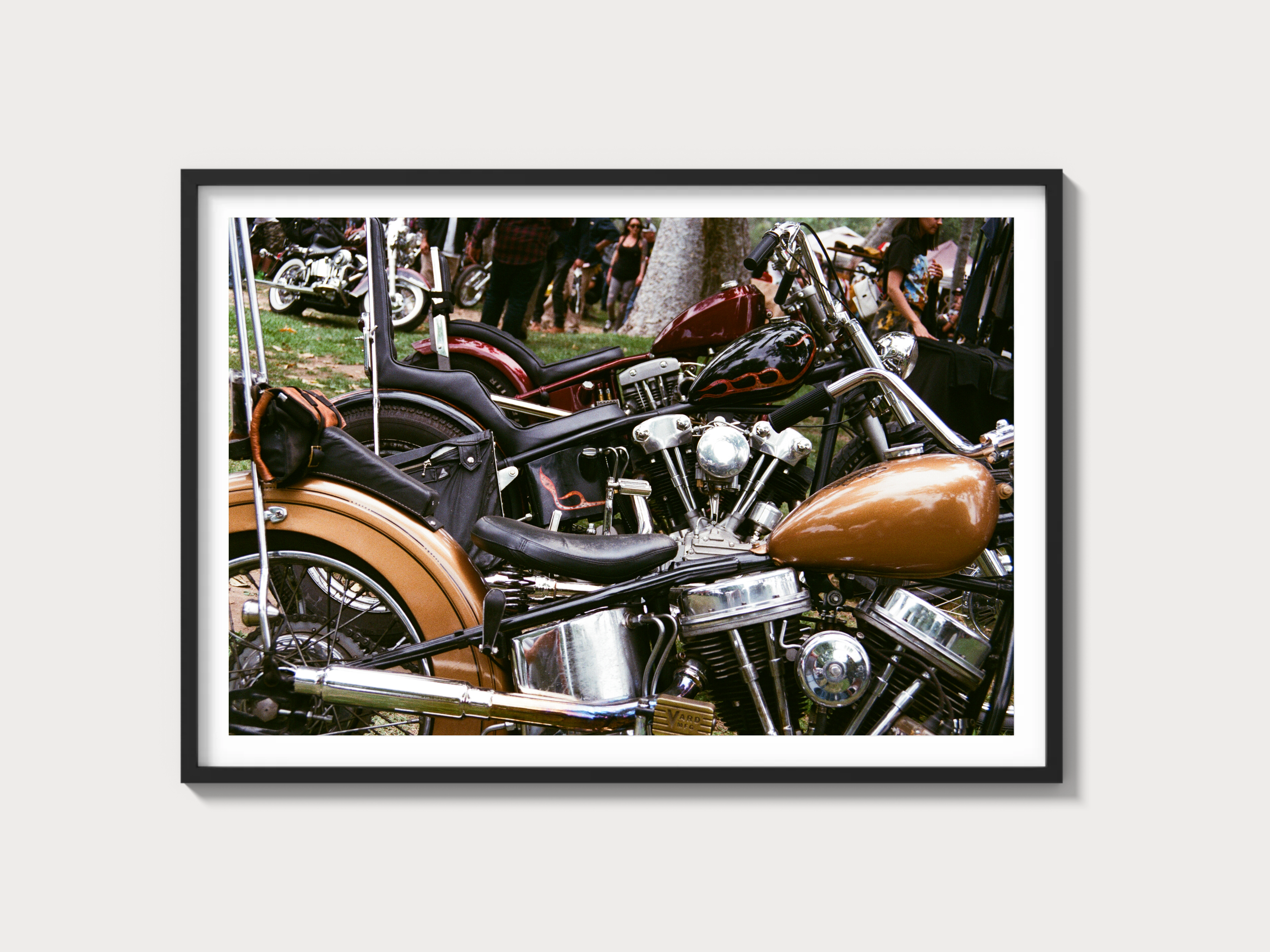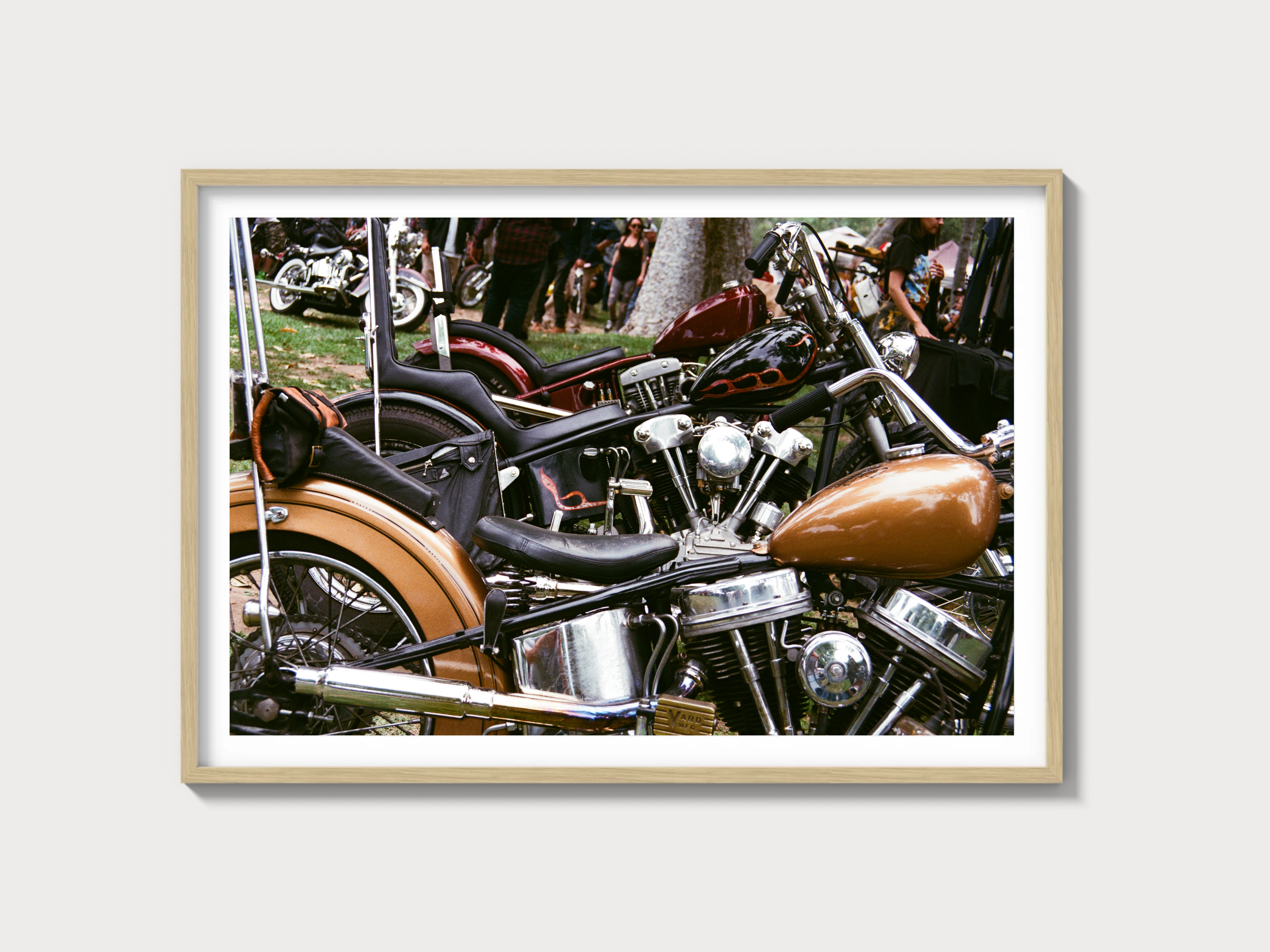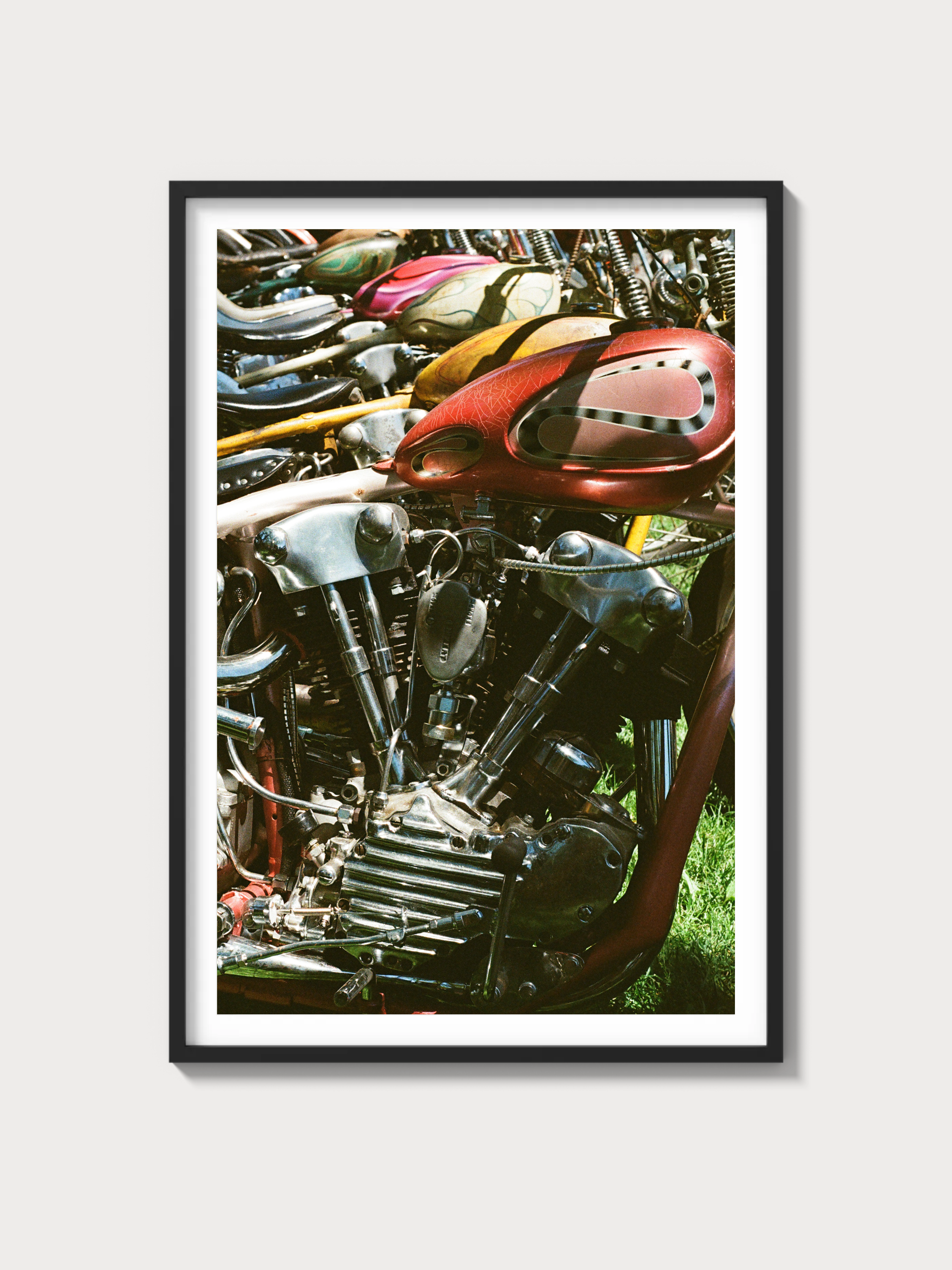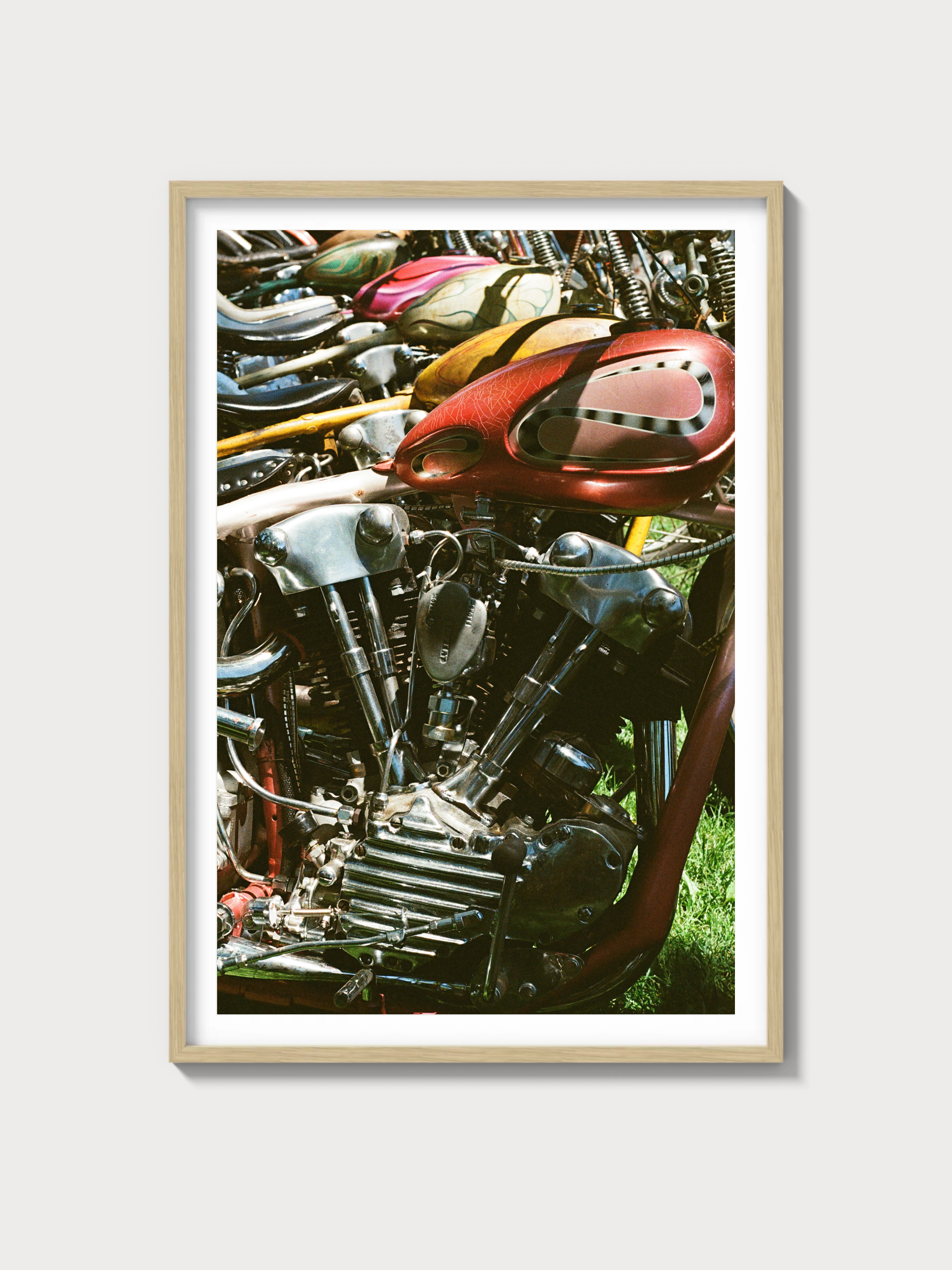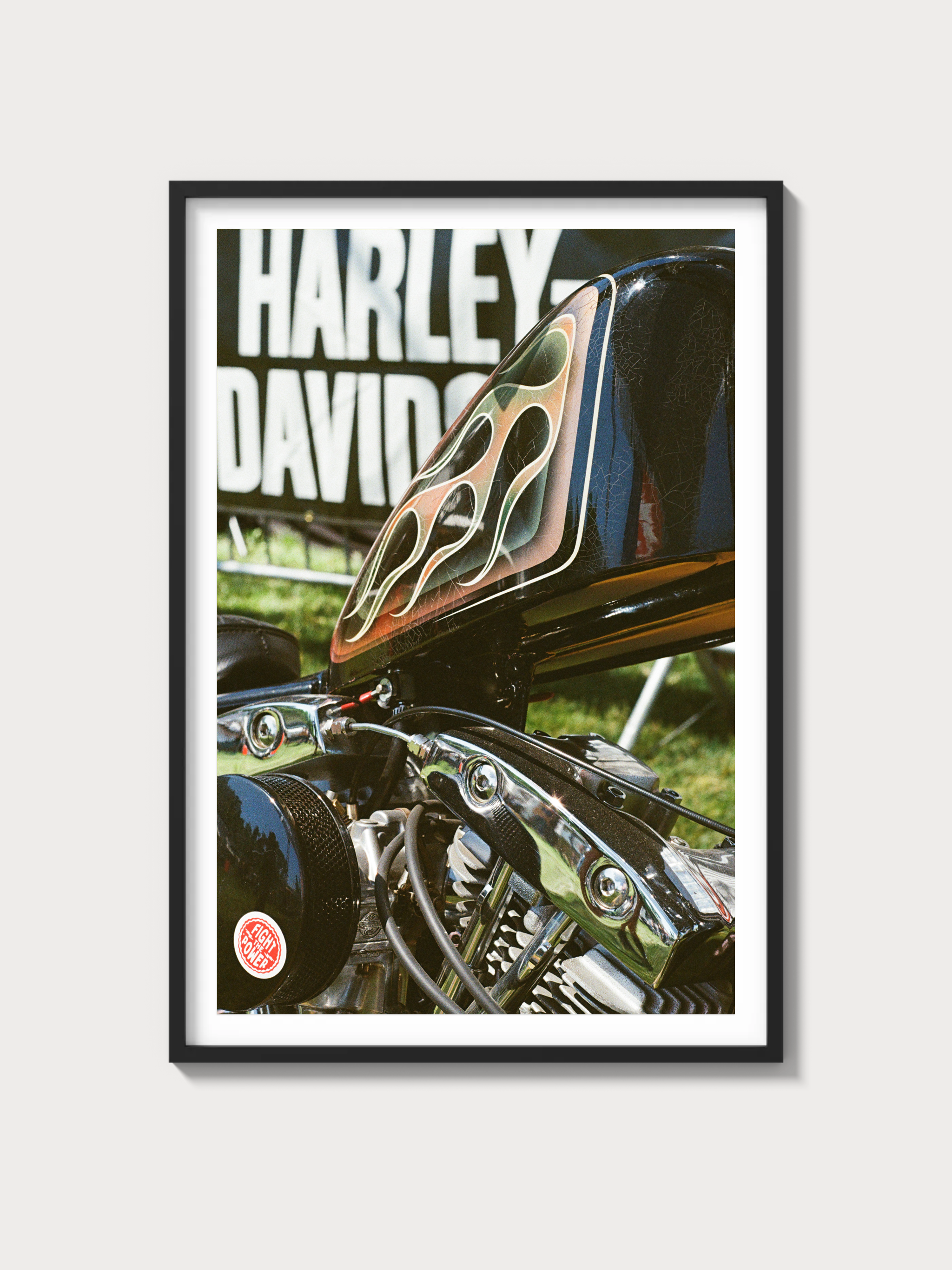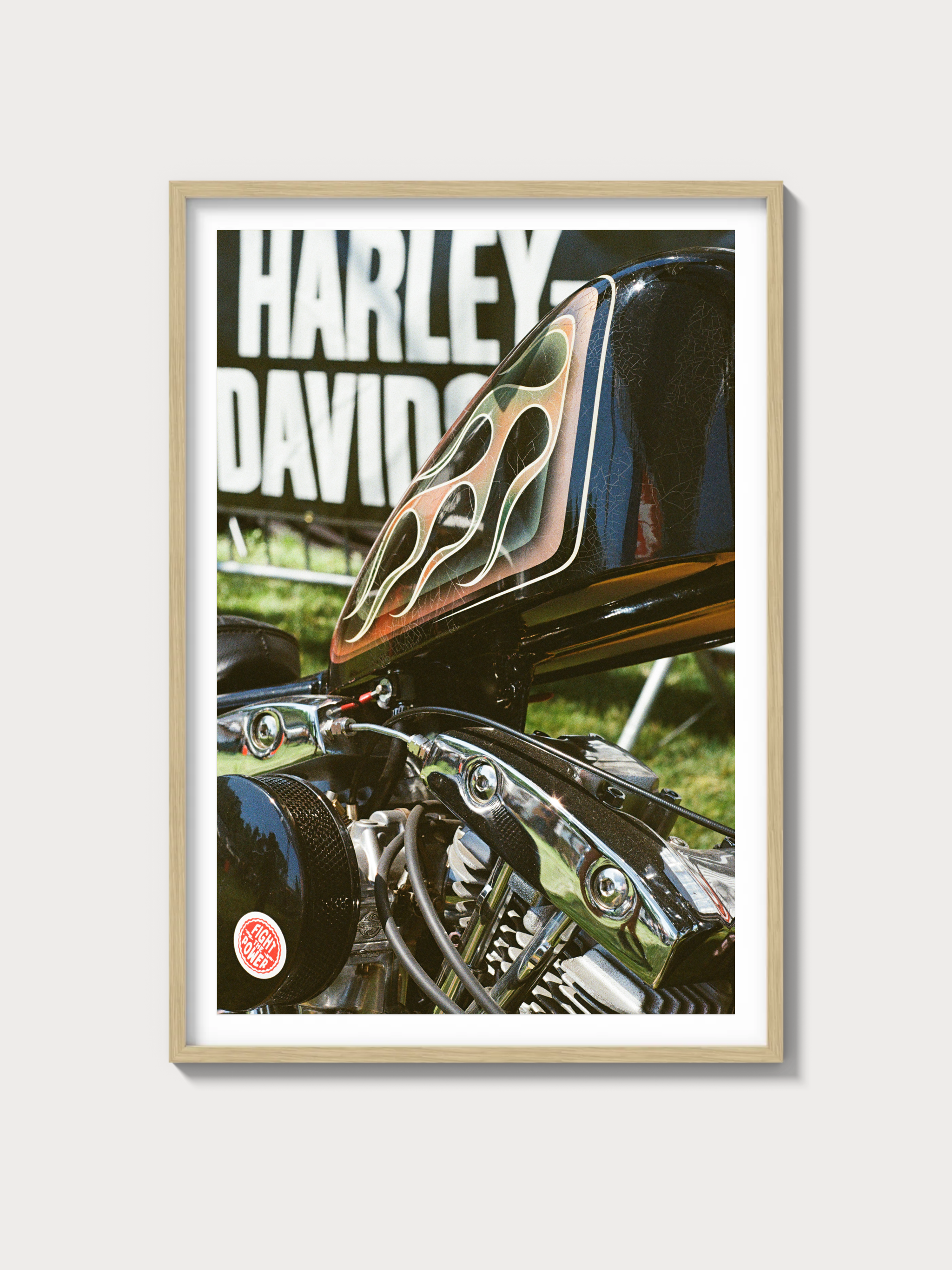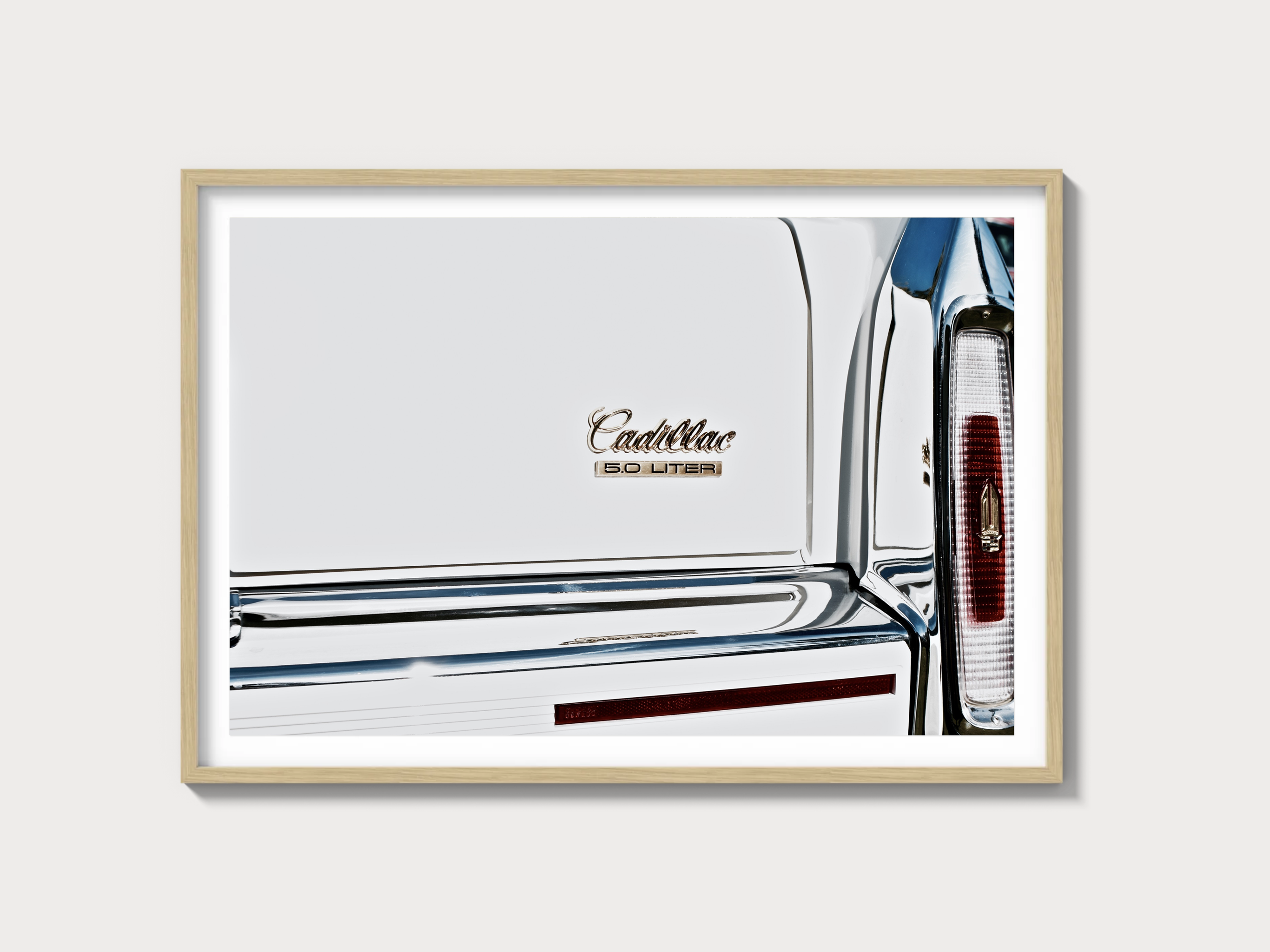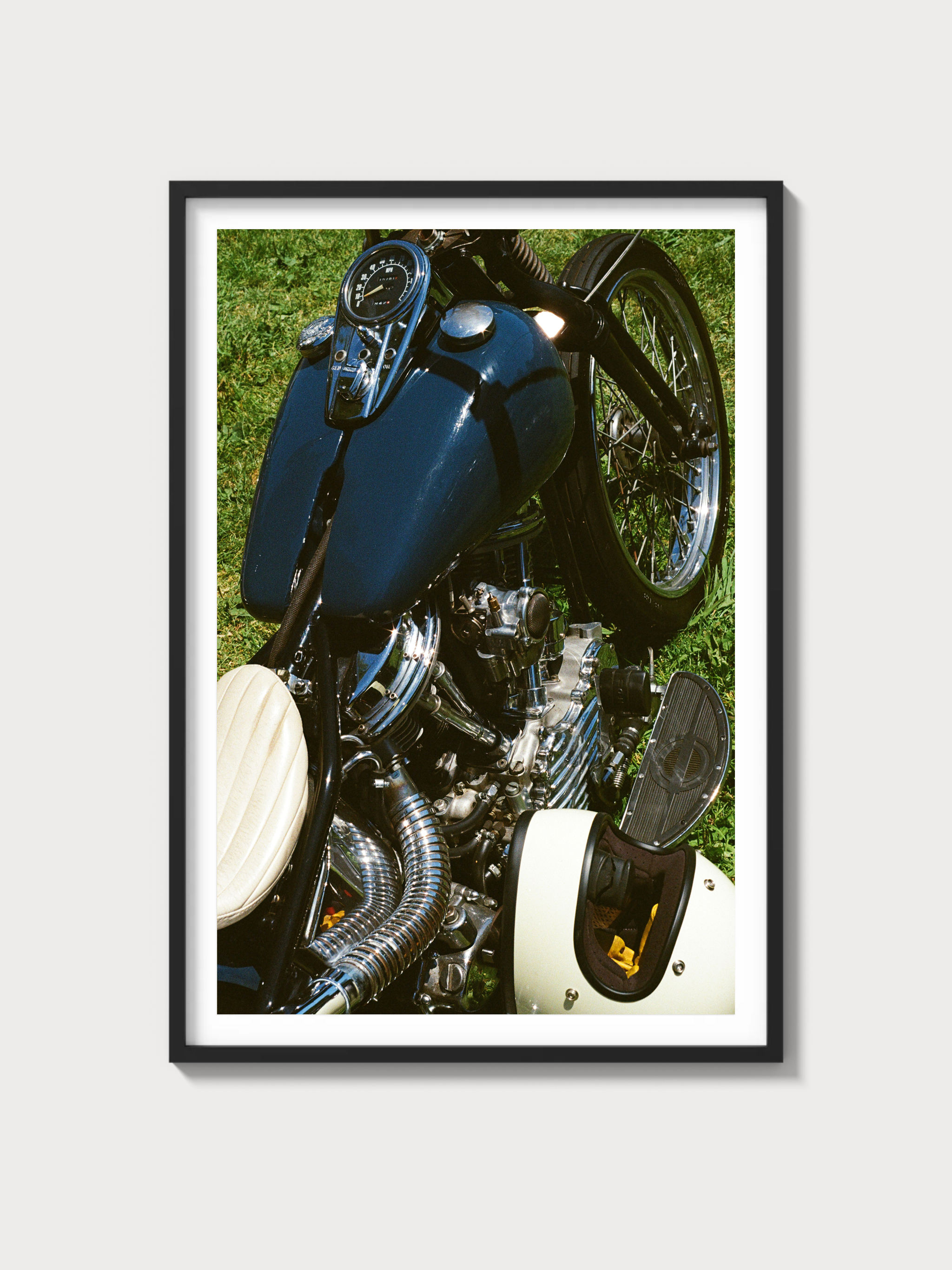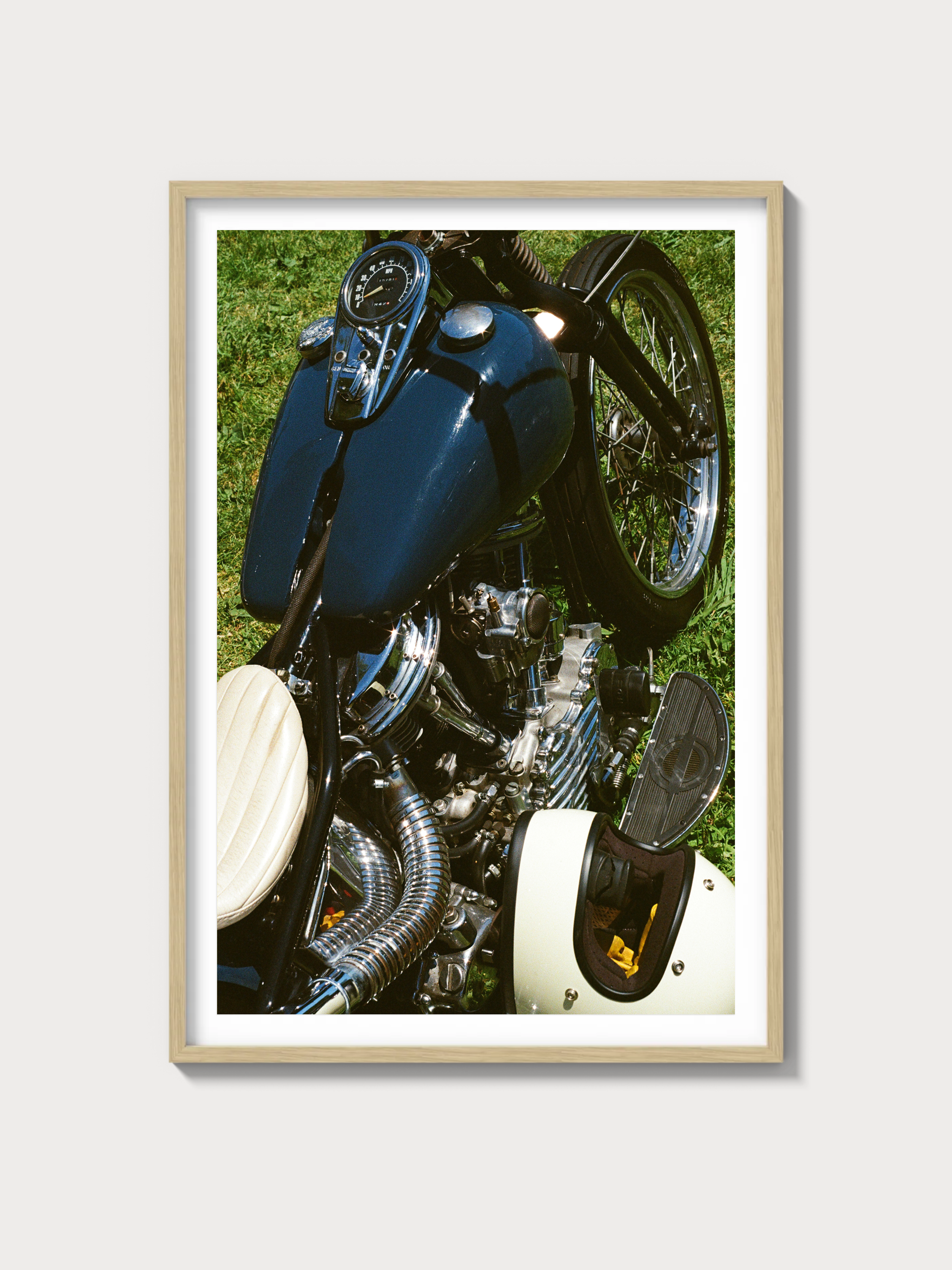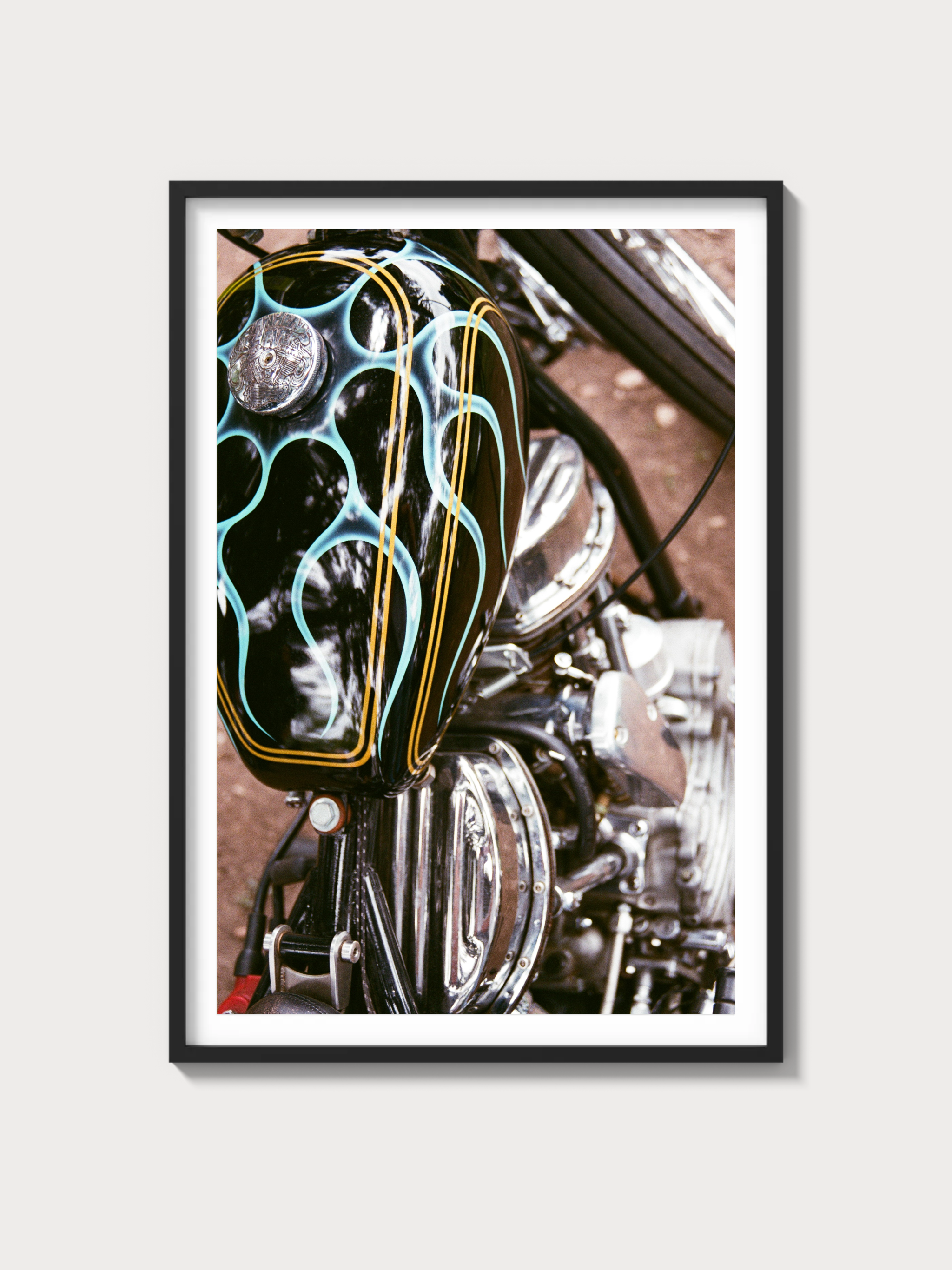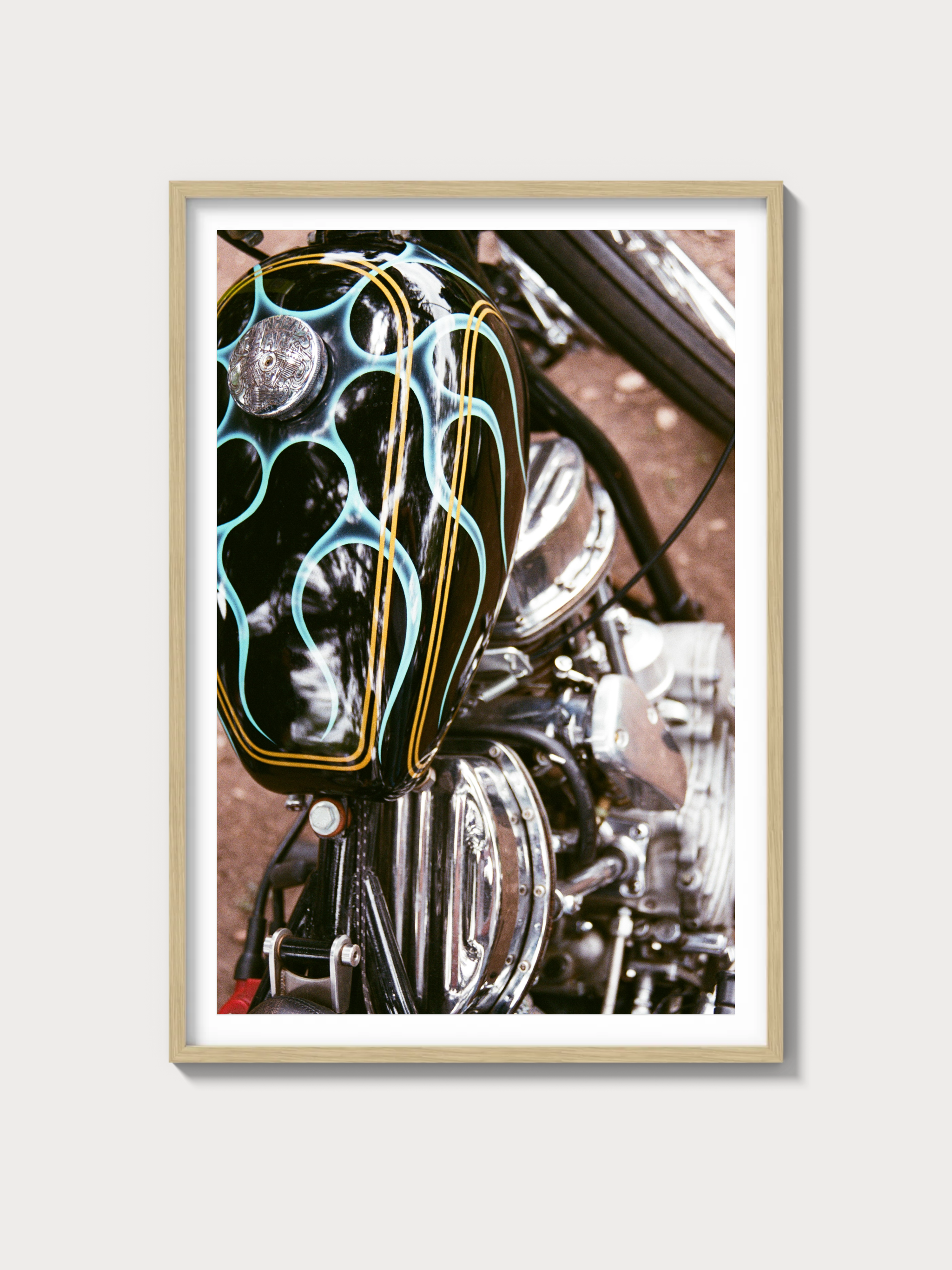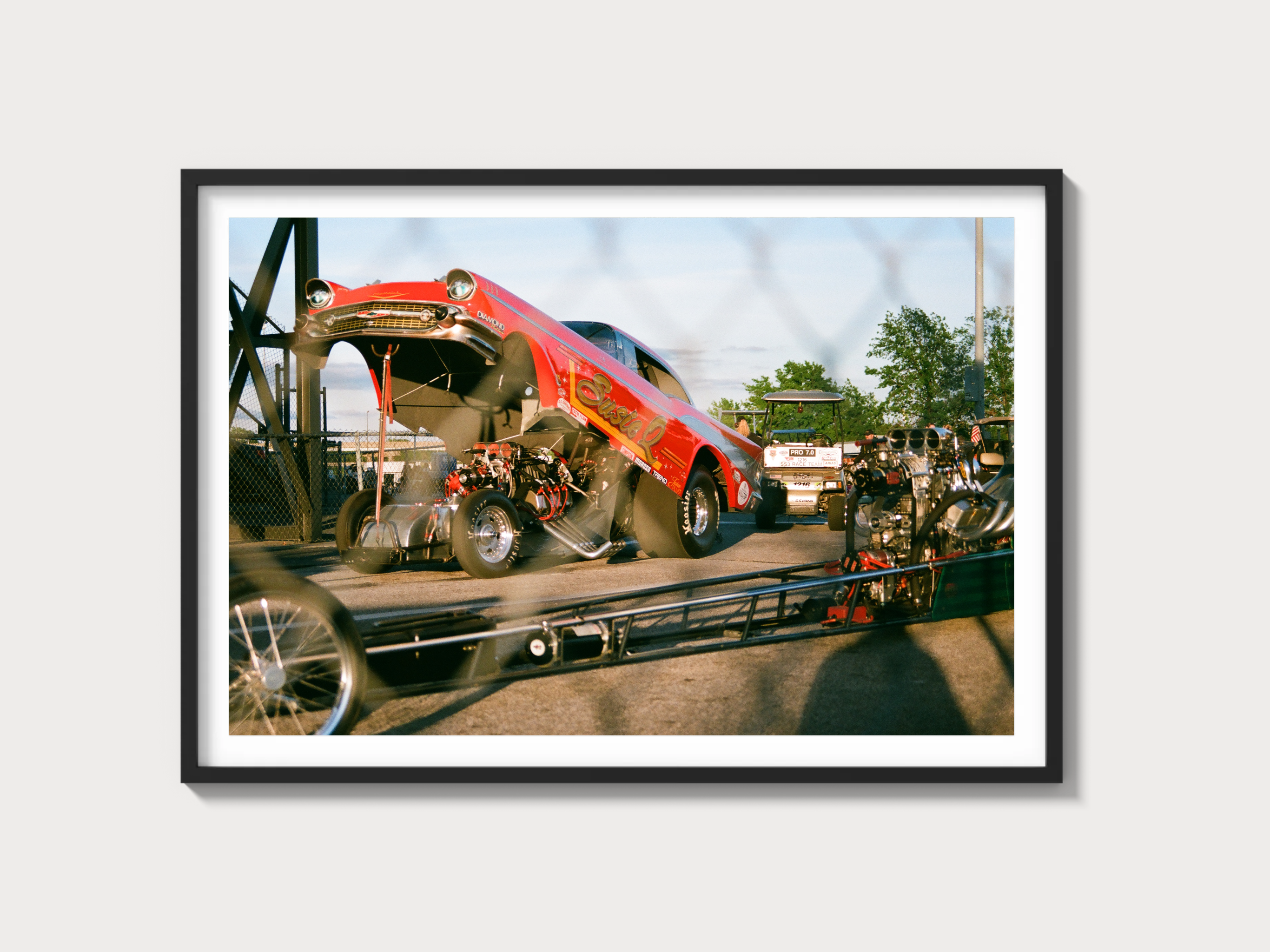1978–1980 Chevrolet Monte Carlo Base (3rd Gen)
Historical context and development background
The third-generation Chevrolet Monte Carlo arrived for 1978 as a clean-sheet downsizing of Chevrolet’s long-running personal luxury coupe. In the wake of the energy crises and tightening emissions and fuel-economy standards, GM’s mid-size “A-body” coupes shed size and mass without abandoning the Monte Carlo’s essential formula: a plush, formal-roof two-door with long-hood/short-deck proportions and a distinctly Chevrolet character. The Monte Carlo Base sat at the entry point of the range below the plusher Landau, aligning with Chevrolet’s strategy to keep the nameplate accessible while still aspirational within the Chevrolet Monte family.
The chassis migrated to GM’s lighter body-on-frame architecture used across the mid-size line, with a shorter wheelbase than the preceding generation and significant weight savings. Styling leaned formal: an upright egg-crate grille, quad rectangular headlamps, and a substantial C-pillar leading into a tight rear deck. The model’s mission wasn’t to chase lap times, yet the platform shared core underpinnings with GM’s broader mid-size program, meaning proven recirculating-ball steering, unequal-length control arms up front, and a coil-sprung, triangulated four-link live axle at the rear. An F41 suspension package (firmer springs/dampers, larger anti-roll bars) was available for shoppers wanting a tauter response.
In motorsport, the Monte Carlo name already carried stock-car credentials from earlier seasons. During the 1978–1980 window specifically, many NASCAR teams gravitated toward the lighter, boxier Malibu variant of the same corporate platform, so you’ll see fewer period top-level entries wearing Monte Carlo sheetmetal. Still, the third-gen Monte’s bones—and the small-block Chevy parts bin—meant grassroots oval-track and street-scene tuning remained straightforward.
Engines and technical specification
Chevrolet offered a range of carbureted V6 and small-block V8 engines over the 1978–1980 span. Availability and ratings varied by model year, emissions calibration, and market. The Monte Carlo Base most commonly left showrooms with a V6; small-block V8s were widely optional.
| Engine | Configuration | Displacement | Induction | Fuel system | Horsepower (approx.) | Compression (approx.) | Bore x stroke | Redline |
|---|---|---|---|---|---|---|---|---|
| Buick 231 V6 (3.8L) 2-bbl | 90° OHV V6, iron block/heads | 231 cu in (3.8 L) | Naturally aspirated | 2-bbl carburetor | ~105 hp (typical late-1970s rating) | ~8.0–8.4:1 | ~3.80 in x 3.40 in | — |
| Chevrolet 200 V6 (3.3L) 2-bbl | 90° OHV V6, iron block/heads | 200 cu in (3.3 L) | Naturally aspirated | 2-bbl carburetor | ~94–95 hp (typical) | ~8.3:1 | ~3.50 in x 3.48 in | — |
| Chevrolet 229 V6 (3.8L) 2-bbl | 90° OHV V6, iron block/heads | 229 cu in (3.8 L) | Naturally aspirated | 2-bbl carburetor | ~110–115 hp (typical) | ~8.3–8.6:1 | ~3.736 in x 3.48 in | — |
| Chevrolet 267 V8 (4.4L) 2-bbl | 90° OHV V8, iron block/heads | 267 cu in (4.4 L) | Naturally aspirated | 2-bbl carburetor | ~120–125 hp (typical) | ~8.2–8.4:1 | ~3.50 in x 3.48 in | — |
| Chevrolet 305 V8 (5.0L) 2- or 4-bbl | 90° OHV V8, iron block/heads | 305 cu in (5.0 L) | Naturally aspirated | Rochester 2-bbl/Quadrajet 4-bbl (by calibration) | ~130–155 hp (typical by year/cert.) | ~8.3–8.6:1 | 3.736 in x 3.48 in | — |
Transmission fitments on Base cars were overwhelmingly three-speed automatics: THM200 in most V6/V8 pairings and THM350 more commonly with higher-torque small-blocks. Manual gearboxes were not common on this generation’s Monte Carlo.
Driving experience and handling dynamics
Period road manners are defined by a supple ride and low effort. The steering is a Saginaw recirculating-ball unit; base calibration is light on-center with significant assist, while the optional F41 hardware tightens responses, reins in roll, and sharpens turn-in without sacrificing compliance. The front end uses unequal-length control arms with coil springs and an anti-roll bar; the rear is a triangulated four-link live axle on coils. Even without the sport package, the downsized chassis feels tidier and less ponderous than the previous generation.
Powertrains reflect the era. The V6 engines are smooth enough for relaxed cruising and efficient in-town duty, with off-the-line torque more noticeable than midrange thrust. The 305 small-block transforms the car’s character, adding meaningful passing performance and quieter, lower-rpm cruising thanks to the extra torque. Carburetion and emissions-era spark control give a soft-edged throttle response; a properly tuned Rochester carb and intact vacuum plumbing are critical to drivability. The THM200 shifts early and often when prodded gently; a healthy modulator and correct kickdown adjustment restore decisive downshifts. Expect lean angles in fast sweepers, modest ultimate grip on period tires, and a calm, long-legged demeanor on the highway.
Performance specifications
Performance varied considerably with engine, axle ratio, and calibration. The figures below reflect typical period-correct examples of Base-trim cars.
| Metric | Specification |
|---|---|
| 0–60 mph | ~12–15 s (V6); ~10–12 s (305 V8) |
| Quarter-mile | ~18–20 s @ ~70–75 mph (V6); ~17–18 s @ ~78–82 mph (305 V8) |
| Top speed | ~100–110 mph (typical factory-limited aerodynamics/gearing) |
| Curb weight | ~3,250–3,500 lb (equipment-dependent) |
| Layout | Front-engine, rear-wheel drive |
| Brakes | Power front discs, rear drums |
| Suspension | Front: SLA/coil/anti-roll bar; Rear: 4-link live axle/coil |
| Gearbox | 3-speed automatic (THM200; THM350 in some applications) |
Variant and trim breakdown (1978–1980)
The Monte Carlo line in this period centered on two trims: Base and Landau. The Base delivered the essentials—bench or optional buckets, cloth/vinyl upholstery, bright exterior trim—and the Landau added vinyl roof treatments, upgraded interior materials, additional brightwork, and model-specific badging.
| Trim | Key identifiers | Engines typically fitted | Production notes |
|---|---|---|---|
| Base | Body-color roof (no mandatory vinyl), standard bright molding, model scripts, base upholstery; steel wheels with covers (alloy styles optional) | V6 standard by year (see engine table); small-block V8 optional | Trim-split production figures were not consistently published separately; total model-year output for Monte Carlo was substantial across 1978–1980 |
| Landau | Vinyl roof treatments, additional brightwork, Landau badges, upgraded interior trims and options packages | Same engine roster; V8 take-rate typically higher | As above: public sources document total Monte Carlo production more readily than per-trim counts |
Appearance colors, fabrics, and wheel styles rotated annually in line with broader Chevrolet mid-size updates. Market splits (U.S./Canada/California emissions variants) influenced available calibrations and power ratings.
Ownership notes: maintenance, parts, and restoration
- Powertrain care: Carbureted V6/V8 engines respond well to regular ignition tune-ups (cap/rotor/plugs/wires), correct vacuum routing, and clean fuel filters. Sticking choke pull-offs and worn throttle shafts in high-mileage carburetors are common culprits in poor drivability.
- Transmission: The THM200 three-speed is light and efficient but sensitive to heat and deferred maintenance when paired with V8 torque. Keep fluid and filter fresh, ensure cooler flow is unobstructed, and verify kickdown cable/modulator adjustment. THM350 units are generally more robust.
- Chassis and steering: Expect wear in front control-arm bushings, idler arm, center link, and tie-rod ends. A fresh alignment to factory specs and quality dampers transform the car. Rear control-arm bushings also age, affecting axle location and ride.
- Brakes: Power front discs/rear drums are straightforward. Soft pedal often traces to aged hoses or out-of-adjustment rear drums. Verify proper function of the combination/proportioning valve.
- Cooling and HVAC: R-12 A/C systems work well when tight; leaks at compressor shaft seals and aged hoses are common. Ensure proper fan clutch operation and an unobstructed condenser.
- Body and rust watchpoints: Lower fenders, rear quarter lips, trunk drops, and floor pan-to-rocker junctions deserve close inspection. Vinyl-roof cars may hide corrosion at moldings and C-pillar seams.
- Parts availability: Mechanical and service parts are widely supported thanks to GM’s shared mid-size architecture and the ubiquity of small-block components. Trim items specific to Base cars (moldings, interior fabrics, certain emblems) can require patient hunting but are not unobtainable.
- Service intervals: Period recommendations typically centered on 3,000–5,000-mile oil changes, annual coolant service checks, and 12,000-mile ignition tune-ups; adjust based on usage and condition.
- Restoration difficulty: Drivetrains are straightforward. The biggest lifts are high-quality paint/bodywork and sourcing correct interior trim if originality is a priority.
Cultural relevance and market perspective
The 1978–1980 Monte Carlo Base represents the moment when the American personal luxury coupe was reinterpreted for a leaner era. It’s a familiar face in period street photography, local cruise nights, and club scenes. The platform’s simplicity made it a canvas for everything from dealership dress-up kits to period-correct low-and-slow customs, and today it attracts enthusiasts who appreciate its formality and mechanical honesty.
Collector interest gravitates toward clean, unmodified examples with original finishes and paperwork. Nicely preserved Base cars remain more attainable than later high-visibility Monte Carlos, which keeps them appealing as entry points into the nameplate. Documented sales show that low-mileage survivors can reach into the low five figures, while driver-grade V6 cars are commonly more affordable; specification, color, and condition drive the spread.
FAQs
- What engines did the 1978–1980 Monte Carlo Base use?
- Across the three model years, Base cars most commonly used carbureted V6s (Buick 231, Chevrolet 200, and Chevrolet 229, varying by year), with small-block V8 options (267 and 305) widely available. Exact availability and ratings depended on the model year and emissions certification.
- How quick is a Base V6 Monte Carlo from this era?
- Typical period-accurate V6 cars run roughly 0–60 mph in the 12–15-second range. A 305-equipped example trims several seconds off that and feels notably more relaxed at highway speeds.
- Are parts hard to find?
- Mechanical components are well supported due to platform commonality. Trim unique to the Base model and certain year-specific interior fabrics take more time to source but remain obtainable through specialty suppliers and enthusiast networks.
- Known problem areas?
- Deferred maintenance on THM200 automatics (heat/pressure-related wear), tired front-end bushings and steering links, aging vacuum hoses affecting carburetor controls, and hidden rust in lower quarters and under vinyl roofs on non-Base trims.
- Is the F41 suspension worth seeking?
- Yes, if you prefer tighter body control and a more confident turn-in without compromising ride quality. It’s a tasteful, period-correct upgrade even on Base cars.
- Value trends for Base cars?
- Base-trim Monte Carlos from 1978–1980 typically command less than higher-spec or later performance-labeled variants. Originality, mileage, and colors are significant value drivers, and documented, unmodified examples bring the strongest results.




